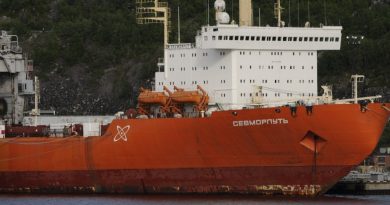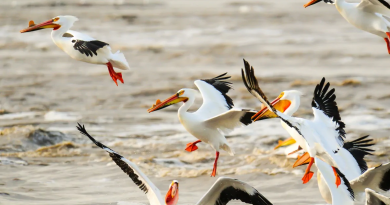Rare geological formation near Yellowknife, Northern Canada almost gone
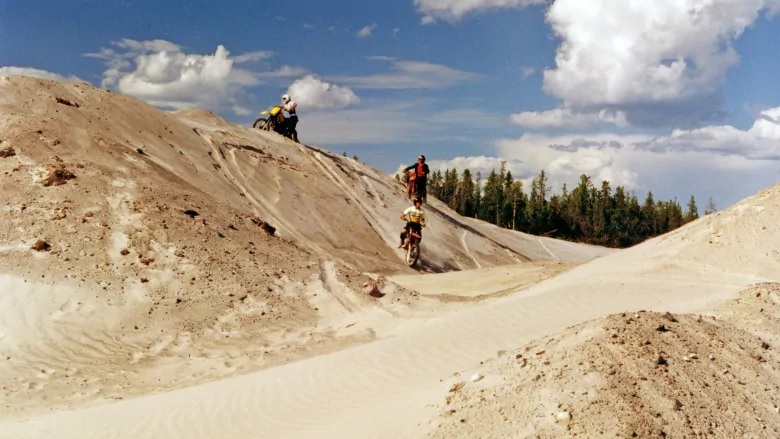
What’s 11,000 years old and likely almost all used up? The sandpits by the Yellowknife airport, in Northern Canada.
For decades, sand has been excavated from the popular multi-use recreation area for road and other construction projects.
It’s left at least one longtime Yellowknifer wondering if the excavation will stop before there’s nothing left of what is, in the Yellowknife area, a relatively rare natural formation.
Brent Horn has lived in Yellowknife for 49 years. He says he’s been visiting the sandpits for a long time, and they’re nothing like they used to be.
“If you stood at that road by the shooting range, you couldn’t see the other end of the sandpits for dunes,” Horn recalled. “If you were out there four-by-fouring or quading … you couldn’t see who was on the other side of the hill. That’s how much sand was out there.”
Horn said that was about 30 years ago, when he was a teenager. More recently, when he had dogs, he would take them to the sandpits, and he’s been out there over the years with his daughters.
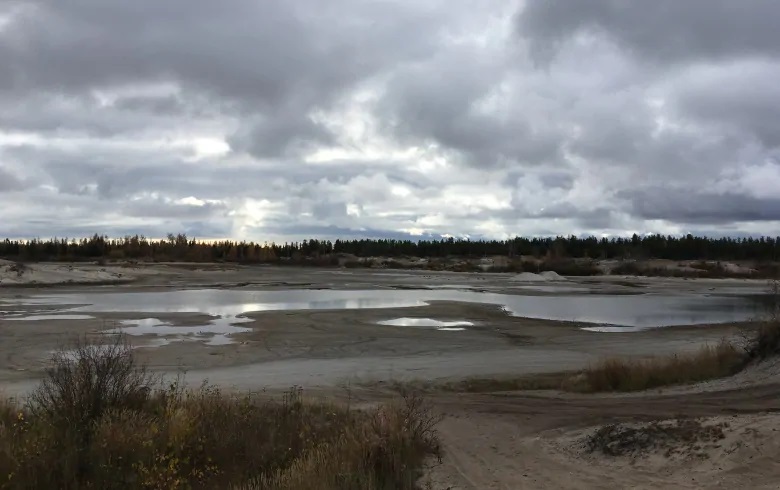
“Now it’s gone. It’s all flat,” he said.
“This year I was out at the sandpits and I noticed there are trucks and tractors out there, piling up sand, and now it’s got down to below the water table and it’s just … a marshy quagmire of muck out there now.”
“It’s still going on and nobody seems to care,” he said. “It’s going to be gone and it’s going to be wrecked forever.”
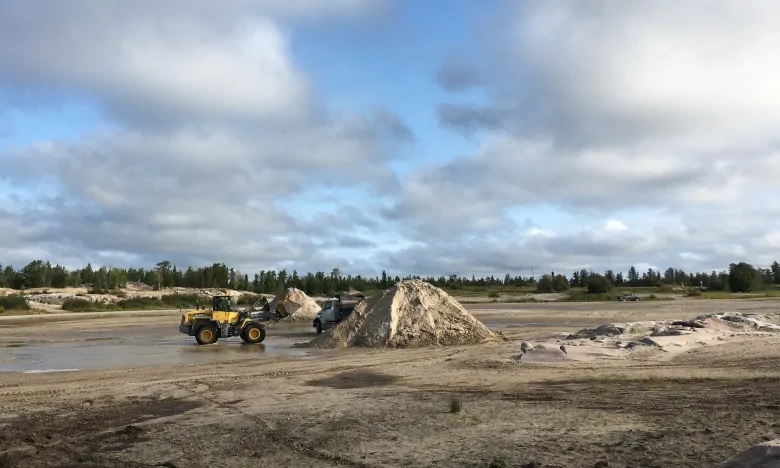
What’s been lost?
The area, described as recently as 2004 in a Yellowknifer newspaper article as “a wide open area full of dunes, ponds and weathered rocks,” is no longer anything of the sort.
Instead, it’s a flattened-out and largely hard-packed surface. There are hints of what the area might once have been like in the deep, dry sandy fringes and outcroppings surrounding the soggy, sandy plain.
The sandpits are an 11,000-year-old deposit of glaciofluvial sediment formed where Glacial Lake McConnell once touched the Laurentide Ice Sheet.
A sandy formation of its size is relatively rare in the Northwest Territories, at least in the Yellowknife area, according to Philippe Normandeau, a research scientist with the N.W.T. Geological Survey who specializes in surficial geology.
“It’s one of the only areas where you have this much of it,” Normandeau said. “We have a lot more of it as you go further inland … but closer to the lake, they are fairly rare.”
The Yellowknife airport and large portions of Yellowknife itself are built on the same formation. It’s unlikely Yellowknife would have the airport it has without it.
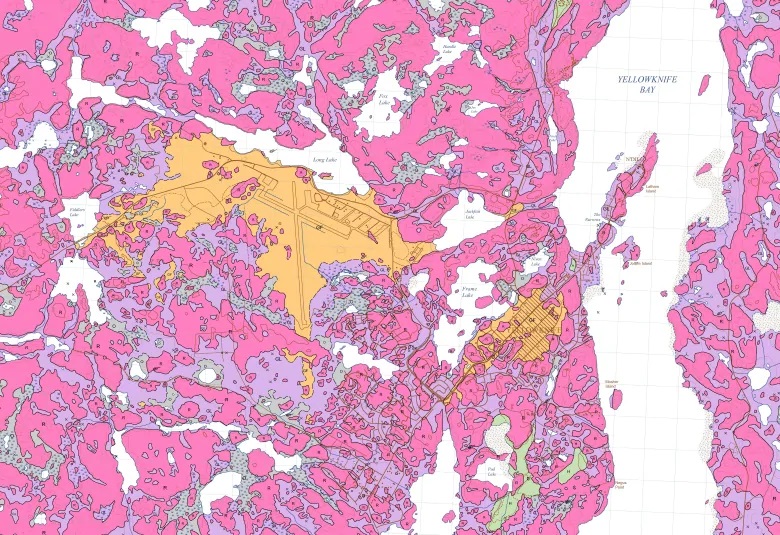
“It’s the only place around here where you can build an airport — like the one we have here — simply because of the area of flat ground that you can actually build something on that is well-drained,” Normandeau said.
“So it allowed for the airport.”
Yellowknife’s golf course is developed on it, Long Lake Beach has the sandy shoreline it does because of it, and the Folk on the Rocks festival grounds are the dusty environs they are because of it.
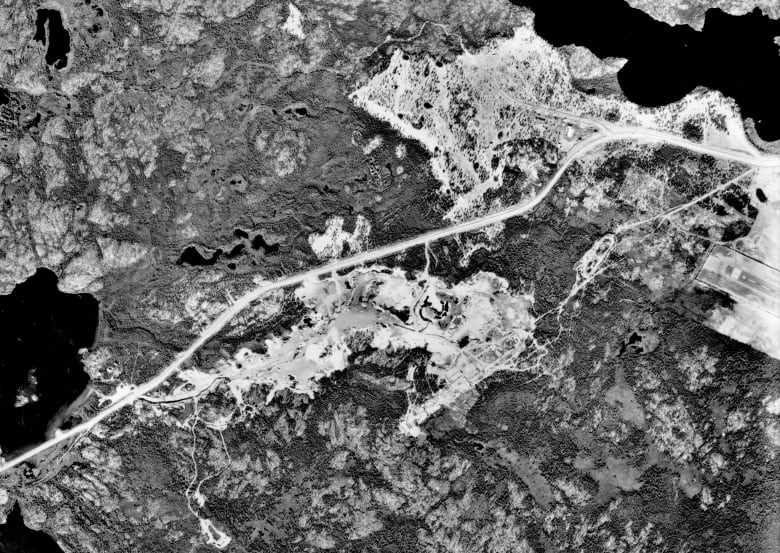
But sand is also a useful resource.
“It’s a huge source of useful material for building roads [and] building highways,” Normandeau said.
That usefulness explains why the sandpits are today as damp and stripped bare as they are. As sandy material was removed, the water table became exposed.
Normandeau said the formation sits on impermeable bedrock.
“We’ve had two very wet summers recently. So you just add a lot of water in a place where the water can’t get out … that’s what you see now,” he said.
Where’s it gone? How much is left?
The sandpits as we know them today were exposed during various stages of excavation. Aerial photos show that excavation was well underway in earnest by 1970, with the gun range in place.
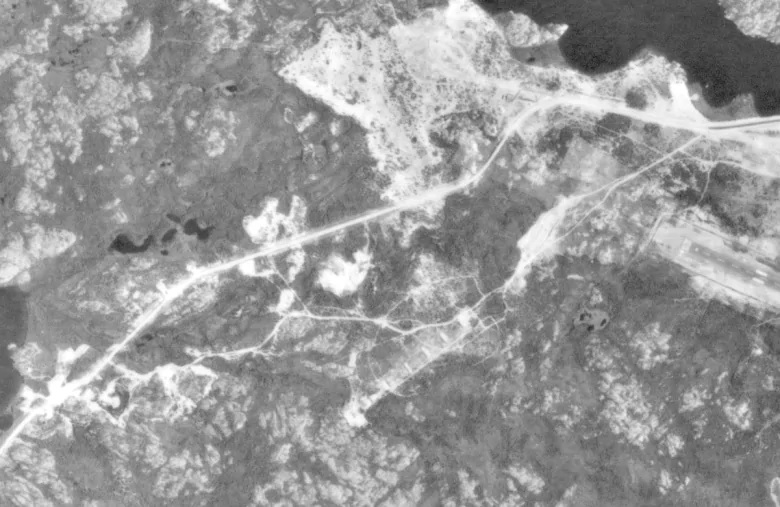
Before excavation began, the area looked very much unlike what it does today. Aerial photos from 1945 show there were more trees and less exposed sand.
According to an email from City of Yellowknife spokesperson Alison Harrower, the city holds 20 per cent of the sandpits area under a lease. The other portions are managed by the territorial Department of Lands or the federal government.
The portion of the sandpits leased to the city (highlighted in red in the image below) is for city capital projects and public works projects.
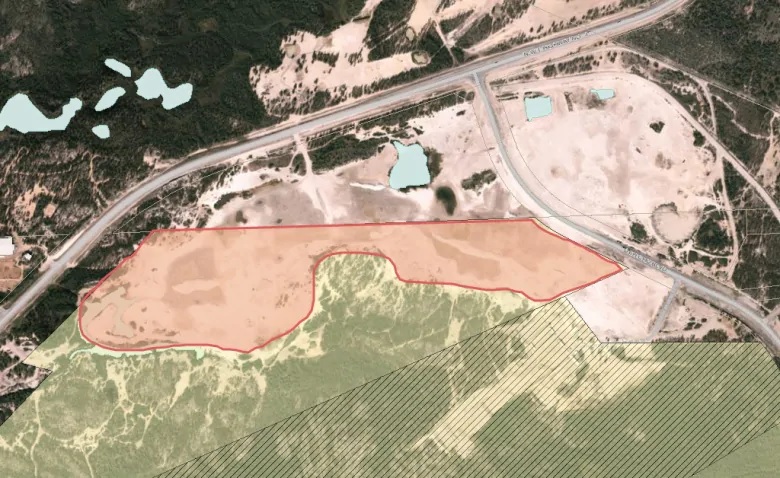
Harrower said the city “is confident” excavation at the sandpits this summer was done by an authorized contractor, at a rate of $2 per cubic metre.
“If there are concerns regarding unauthorized use of the city’s portion of this lease, the city welcomes public feedback,” she said.
Harrower said it would be difficult to say how much sand is left in the leasehold, but she said the volumes remaining are estimated to be small. She said the city does not plan to let all the sand be removed, in part to ensure “future community use is preserved and safe.”
“There is a reclamation plan in place to prevent a complete dig-out of this specific area of the sandpits in accordance with GNWT [Government of the Northwest Territories] land lease requirements.”
Nothing else like it
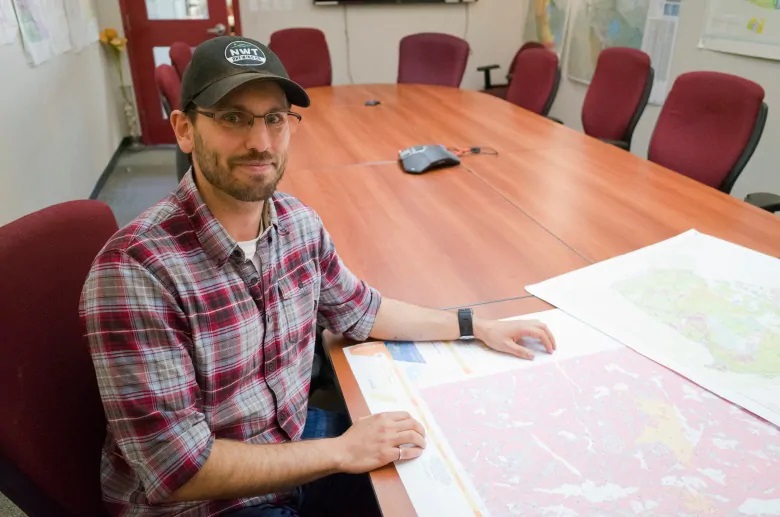
Normandeau also does not suspect the deposit at the sandpits is very deep, given the surrounding topography. He said the sandpits likely won’t become another Bristol pit, the quarried-out deposit that’s now home to Yellowknife’s sub-surface snowboarding hill.
“It’s not a very thick accumulation of sediment,” he said. “It wasn’t even from the start. It covers a large area, but … you don’t have huge cliffs around there that would leave very deep canyons under the sand.”
But once the sand is gone, recreational users would be hard-pressed to find anything similar, at least around Yellowknife.
“Probably not of this size, not close to town … not as convenient, that’s for sure,” Normandeau said.
Related stories from around the North:
Canada: Canada announces $2M for research into carbon neutral mining in the Northwest Territories, CBC News
Greenland: Climate change could unleash Greenland sand bonanza, say researchers, Eye on the Arctic
Norway: Climate change is about to divide Norway’s largest Arctic island , The Independent Barents Observer
Russia: Moscow supports Vostok Coal’s expansion into protected Arctic tundra, The Independent Barents Observer
United States: U.S. gov reconsiders restrictions on controversial Alaska mine project, Alaska Public Media

